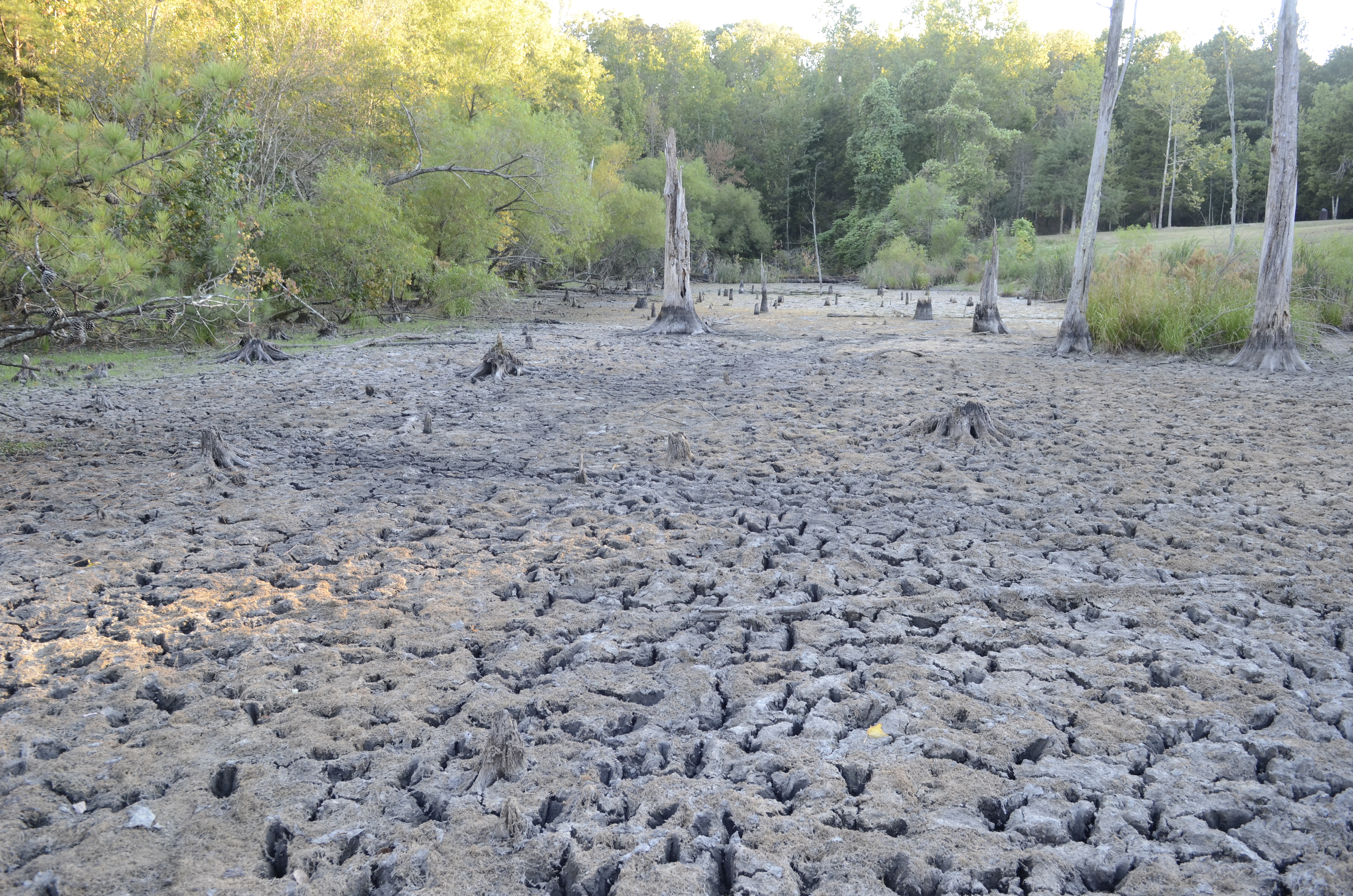In the grip of drought
Friday, January 1, 1904
Earlier this year, one had to look toward Texas, Oklahoma, Arizona and other points west to see the effects of drought. No more. A glimpse out almost any window here or a drive through the nearby Tennessee and Georgia countryside offers increasing evidence that drought has hit the region and that its effects are significant.
Don't let the generally green appearance of the area fool you. It's misleading. Closer inspection of yards, hillsides and mountains show a disturbing amount of grass and annual and perennial plantings either dead or dying. Many trees and shrubs are faring no better. They're losing leaves and showing other signs of distress. Small creeks and ponds are drying up, too. It's no wonder.
August, with only 0.01 inches of rain recorded, was the driest month on record for Chattanooga since weather records have been kept. It was hot, too and the high temperatures exacerbated the lack of moisture. August will go down as the second hottest August ever. The combination has been devastating.
The lack of rain is relatively short-term, but still notable. Earlier this year, the region had a large surplus of rainfall. It's all but disappeared and the results, as a story by Times Free Press reporter Andy Johns on the front page of today's editions indicates, are widespread and costly. There's not much hope of immediate improvement. Prospects for an end to the rainfall deficit appear to be slim.
Even so, the drought's effects here aren't as spectacular as those in the west, where many farmers and ranchers have lost a year's earnings to the weather. Spring fires there burned millions of acres before they were contained. Current wildfires in Texas and Oklahoma already have destroyed dozens of homes and businesses and forced many people to evacuate. Officials fear additional damage, citing predictions of windy conditions and hot temperatures over the next few days that will hamper fire-fighting efforts.
The drought and the possibility that it could continue in the tri-state region understandably have prompted officials to take steps to conserve and protect the water supply. There have been no statewide directives in that regard in Tennessee, though some communities -- like Monteagle -- reportedly have either suggested or instituted water-saving measures. That's a reasonable move that can provide long-term benefits and one that can and should be extended across the state if climatological conditions warrant it.
There are, to be sure, no imminent water supply problems here, and no one has suggested that strict water use controls might be necessary. Still, foresight requires attention to the supply of water and to the way those supplies are managed in an area where continued industrial growth and the increase in population it will spawn undoubtedly will change long-established water usage patterns.
With many forecasters and climatologists predicting equal chances for drier than normal conditions and average or warmer than normal temperatures in the next couple of months, the chance for a quick end to the rainfall deficit appears quite slim. Given that forecast and present conditions in much of the region, public officials, water utilities, residential consumers, industrial users and farmers will have to work together to guarantee an adequate water supply for all.
In Georgia, that cooperative effort already has led to usage restrictions that irk some people, but that will be helpful to the environment and to consumers in the long run. Those directly or indirectly threatened by the current drought should pay close attention to what Georgia and some other jurisdictions have done in the name of water conservation. Early and thoughtful planning is vital if additional states and communities are to protect water supplies in both times of drought and of plentiful rainfall.

